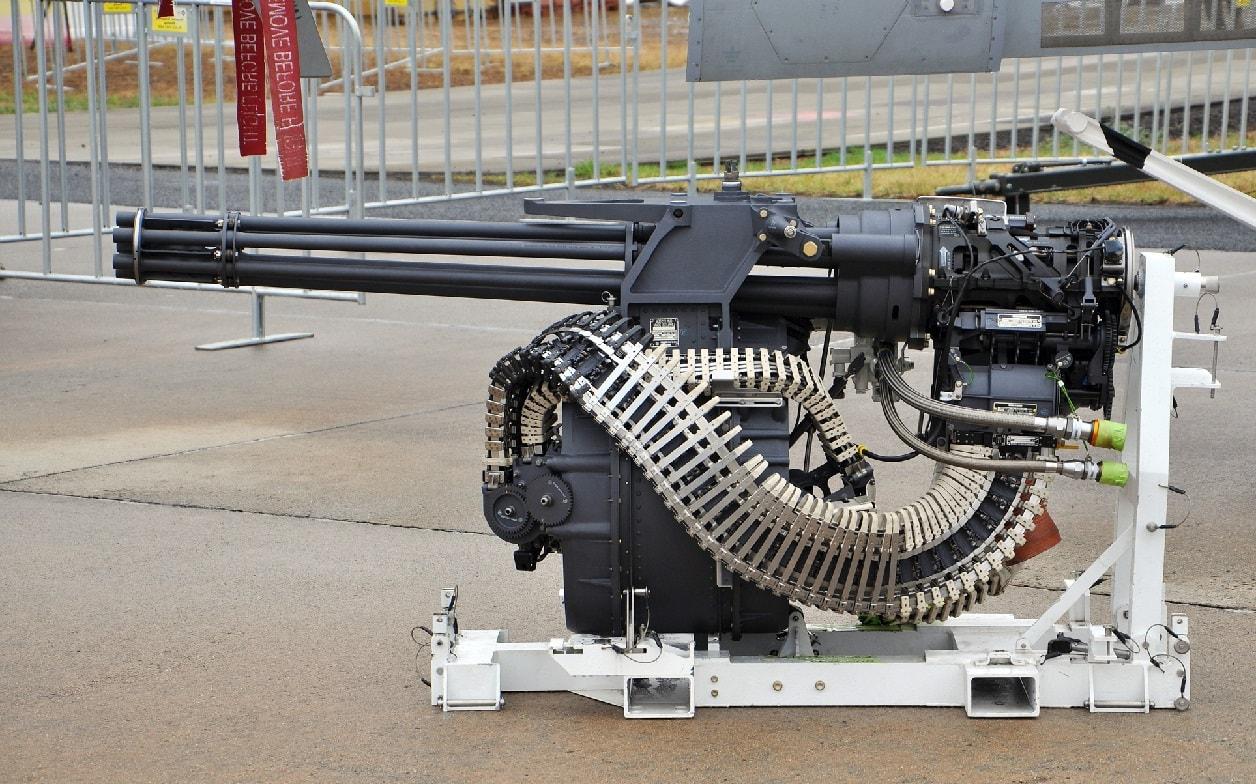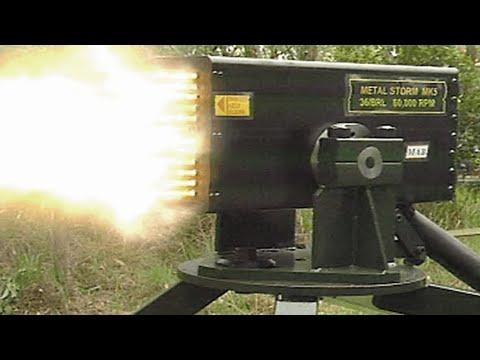In the realm of cutting-edge weaponry, where innovation often blurs the lines between science fiction and reality, a remarkable technological marvel emerges from the laboratories of China. The so-called “metal storm” gun stands as a testament to human engineering prowess, promising to redefine the very concept of rapid-fire weaponry. With a staggering claimed rate of 450,000 rounds per minute, this weapon challenges our understanding of ballistic technology, leaving military experts and technology enthusiasts equally stunned and intrigued by its potential capabilities. In the realm of cutting-edge weaponry, a revolutionary firearm design has emerged from Chinese research laboratories, challenging conventional understanding of rapid-fire technology. Scientists claim to have developed an extraordinary weapon capable of unleashing an unprecedented volume of projectiles in mere moments.
The experimental weapon, dubbed the “metal storm” gun, represents a radical departure from traditional firearms mechanics. Unlike conventional guns that rely on mechanical loading and firing mechanisms, this innovative system stacks multiple projectiles within a single barrel, utilizing electronic ignition systems to discharge rounds with mind-boggling speed.
Traditional firearms typically operate through complex mechanical processes involving loading, chambering, and firing individual rounds. The metal storm concept eliminates these traditional steps, enabling near-instantaneous projectile release. Electronic triggers would control the precise sequence of detonation, allowing for unprecedented rate of fire.
Researchers suggest the weapon could potentially fire up to 450,000 rounds per minute, a figure that defies current technological limitations. This extraordinary capability stems from advanced electronic trigger mechanisms and unique barrel engineering that fundamentally reimagines projectile deployment.
The potential military applications are profound. Such a weapon could provide overwhelming suppressive fire, creating an impenetrable wall of projectiles that could neutralize multiple targets simultaneously. Strategic implications suggest this technology might revolutionize infantry combat and defensive strategies.
However, significant technical challenges remain. Managing heat generation, maintaining barrel integrity, and ensuring consistent projectile trajectory at such extreme firing rates represent substantial engineering obstacles. The immense energy generated would require unprecedented materials and cooling technologies.
Moreover, practical deployment considerations include ammunition weight, electronic system reliability, and mechanical durability. Current prototypes remain experimental, with substantial refinement necessary before potential field implementation.
Scientific teams emphasize that the weapon represents a conceptual breakthrough rather than an immediately deployable system. Ongoing research focuses on addressing fundamental technical limitations and exploring potential defensive and offensive applications.
The metal storm concept challenges fundamental assumptions about firearm design, suggesting a future where electronic systems could dramatically transform combat technologies. While current iterations remain theoretical, the potential for radical innovation in weapons technology appears increasingly tangible.
International defense communities are closely monitoring these developments, recognizing the potential strategic implications of such revolutionary weapon design. As research continues, the metal storm gun stands as a testament to human technological innovation’s relentless pursuit of pushing technological boundaries.









